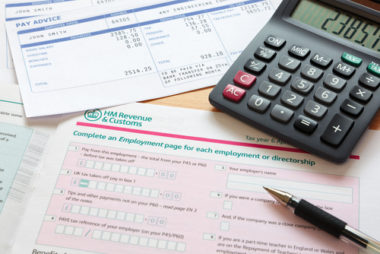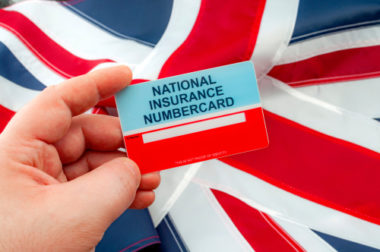
The rate at which a company pays corporation tax depends on the level of its taxable profits. Where a company’s profits are below the lower profits limit, corporation tax is charged on all profits at the rate of 19% and where a company’s profits are more than the upper profits limit, they are all taxed at the rate of 25%. However, where the profit falls between these limits, corporation tax is charged at the rate of 25% and reduced by marginal relief. The effect of this is to provide a gradual increase in the rate of corporation tax from the small profits rate to the main rate.
For the financial years 2024 and 2025, the lower profits limit is £50,000 and the upper profits limit is £250,000. Where a company has one or more associated companies, these limits are divided by the number of associated companies plus one, so if a company has one associate, the limits are, respectively, £25,000 and £125,000. The limits are also proportionately reduced where the accounting period is less than 12 months.
Marginal relief is calculated by reference to the following formula:
F x (U – A) x N/A
Where:
F is the marginal relief fraction;
U is the upper profits limit;
A is the augmented profits for the accounting period; and
N is the total taxable profits for the accounting period.
The marginal relief fraction for the financial year 2025 is 3/200, unchanged from the financial year 2024.
Augmented profits are the company’s total taxable profits plus qualifying exempt distributions received by the company which are not excluded. Qualifying exempt distributions include dividends, distributions of assets, amounts treated as a distribution on the transfer of assets and liabilities and bonus issues following a repayment of share capital. Distributions are excluded from the calculation of augmented profits if they are from a 51% subsidiary, a company of which the recipient is a 51% subsidiary or a trading company or relevant holding company that is a quasi-subsidiary of the recipient.
If the company has no qualifying exempt distributions to take into account, augmented profits are the same as taxable profits and the formula can be simplified to F x (U – A).
To make things easier, HMRC have produced a tool which can be used to work out marginal relief. This can be found on the Gov.uk website at www.tax.service.gov.uk/marginal-relief-calculator.
Example
A Ltd prepares accounts to 31 March each year. For the year to 31 March 2025, it had taxable profits of £80,000. It does not receive any qualifying exempt distributions. Consequently, its augmented profits are also £80,000.
The company’s marginal relief is calculated as follows:
3/200 x (£250,000 – £80,000) x 1 = £2,550.
At the main rate, the company would pay corporation tax of £20,000 on its profits (£80,000 x 25%).
The company’s corporation tax bill is therefore £17,450, being corporation tax at the main rate of 25% (£20,000) as reduced by the marginal relief of £2,550.
The company’s effective rate of corporation tax is 21.81%.





